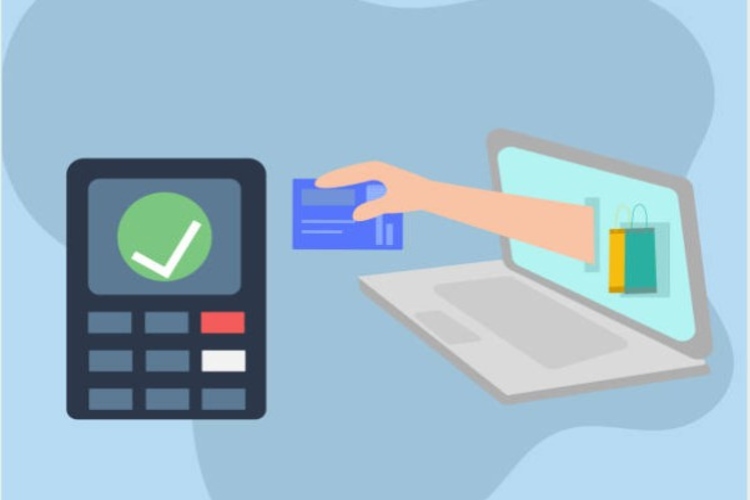Key Takeaways
- NPCI is introducing IoT-enabled UPI, allowing devices to make autonomous payments without user intervention.
- The system will feature a unique virtual payment address for each device and is set to launch at the 2025 Global Fintech Fest.
- UPI aims to enhance digital payments domestically and internationally, with ambitions to process 1 billion transactions a day by FY27.
Future of Digital Payments with IoT Integration
The Unified Payments Interface (UPI), India’s leading digital payment system established in 2016, is set to undergo significant transformation with the introduction of IoT integration. The National Payments Corporation of India (NPCI) plans to unveil this innovation at the 2025 Global Fintech Fest, allowing smart devices—like refrigerators and smartwatches—to process payments autonomously, enhancing user convenience.
At the heart of this development is a unique virtual payment address (VPA) assigned to each smart device, linked to the user’s primary UPI ID. These devices will facilitate recurring transactions, such as subscription renewals, without any action required from users. Authentication for these payments will occur via a one-time password (OTP) during the onboarding process, ensuring user security and control over delegated payments. Users will need to pre-authorize these transactions and set limits.
While the regulatory approval from the Reserve Bank of India is pending, NPCI aims to expand UPI’s capabilities to include the global IoT payments market, projected to reach $5.4 trillion by 2028. UPI also aims to handle 1 billion daily transactions by FY27, propelling its growth further.
Adoption in rural areas remains a challenge, despite UPI’s success in urban settings. While initiatives like Aadhaar and Jan Dhan linkage have improved usage, cash continues to dominate in rural regions. To address this, enhanced financial incentives and user-friendly systems for low-literacy users are essential for promoting digital payments in these areas.
Internationally, UPI is positioning itself as a global standard through partnerships in 10 countries, including the US and France, facilitating ease of transactions for Indians abroad. This expansion not only aids tourism but also enables non-resident Indians to transact using international mobile numbers, enhancing access to financial services.
UPI also has the potential to revolutionize cross-border e-commerce, providing a fast, secure, and cost-effective payment method for international platforms partnering with Indian sellers. Discussions are ongoing to broaden UPI’s reach to an additional 30 countries, further solidifying its role in the global digital payment landscape.
However, with growth come challenges, particularly concerning cybersecurity. As autonomous payments increase, so do associated risks. There is a pressing need for robust safeguards and infrastructure capable of handling a billion transactions daily. NPCI’s commitment to enhancing security and scalability will be crucial for UPI’s sustainable evolution.
By maintaining its core strengths—interoperability, government support, and zero-cost usage—UPI is poised to not only transform India’s payments landscape but potentially lead the global standard in digital finance.
The content above is a summary. For more details, see the source article.















